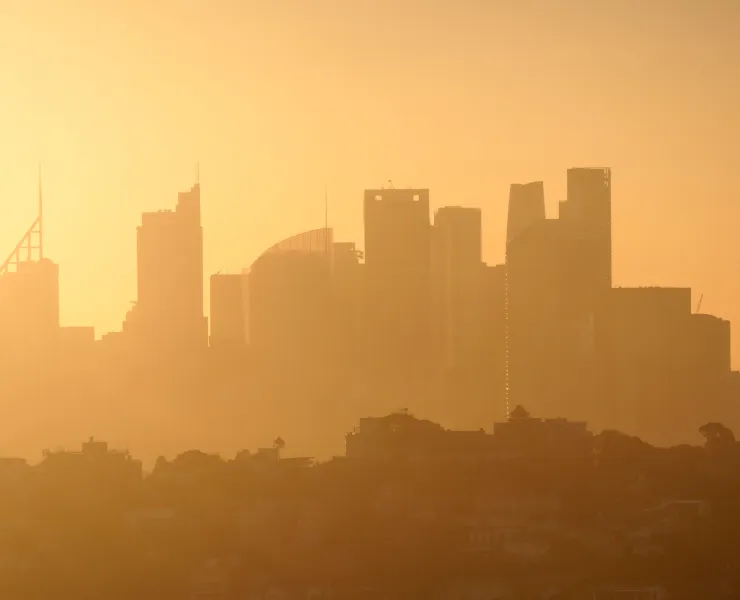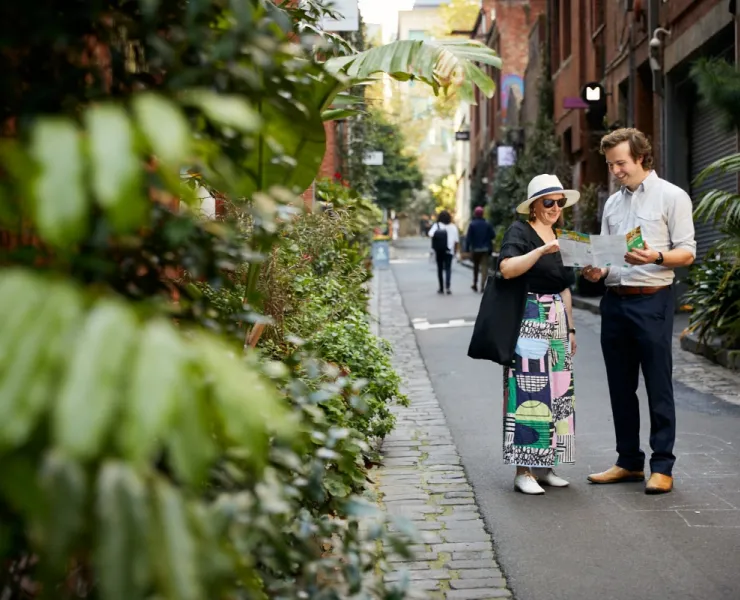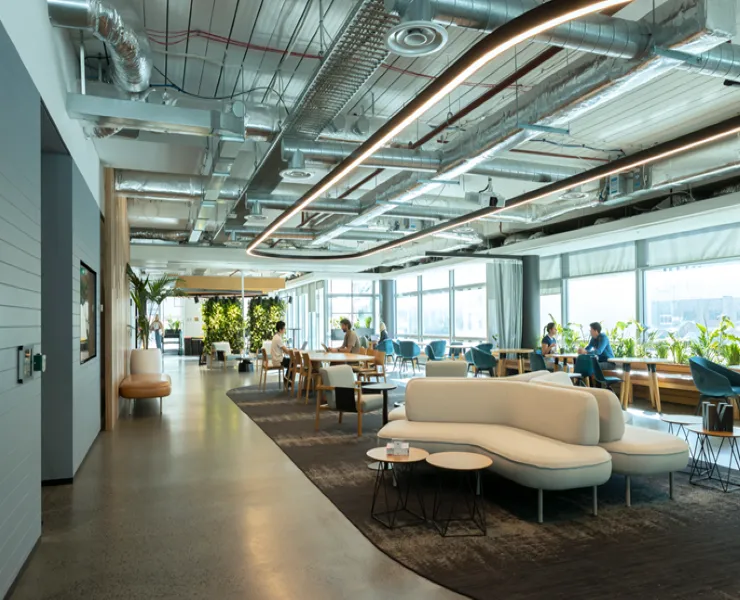


Melbourne: Carbon Offsetting Leadership
A decade of pioneering certfied Net Zero Operations
Status
City description
Melbourne, capital of Victoria and home to over 5 million people, is a hub of finance, culture, and education. The City of Melbourne municipal area covers 37.7 km² with around 184,000 residents and over 350 council-managed facilities. Having declared a climate and biodiversity emergency, the city has accelerated its ambition to achieve net zero community emissions by 2040—ten years ahead of its original goal.
Challenge
Despite substantial emission reduction measures, Melbourne still faces residual emissions from essential municipal functions: energy use in public buildings, waste treatment, vehicle fleets, and contracted services. These emissions amounted to 10,605 tCO₂e in 2023–24. Local technological solutions are insufficient to abate all emissions immediately, and market access to high-quality offsets can be expensive and unpredictable.
Solution
Since 2012, Melbourne has adopted a rigorous offsetting strategy to ensure all unavoidable emissions from council operations are credibly balanced. By selecting offsets that meet high environmental and social standards, Melbourne ensures projects not only deliver genuine carbon benefits but also advance broader goals such as Indigenous employment, biodiversity protection, and alignment with the UN SDGs.
Key Impacts
80% reduction in council operational emissions
since 2011–12
10,605 tCO₂e offset
annually (2023–24)
100% certified carbon neutrality
for operations every year since 2012
AUD 17 million invested
in solar PV, energy efficiency, and renewables
1 MW solar PV installed
across 26 sites, including 1,500 panels at Queen Vic Market
100% renewable electricity for council
since 2019 (via MREP)
11,800+ LED streetlights replaced
cutting energy and emissions
69% of council fleet
is electric or hybrid
3,000+ trees planted annually
for urban greening, resilience, and cooling


Comments ()